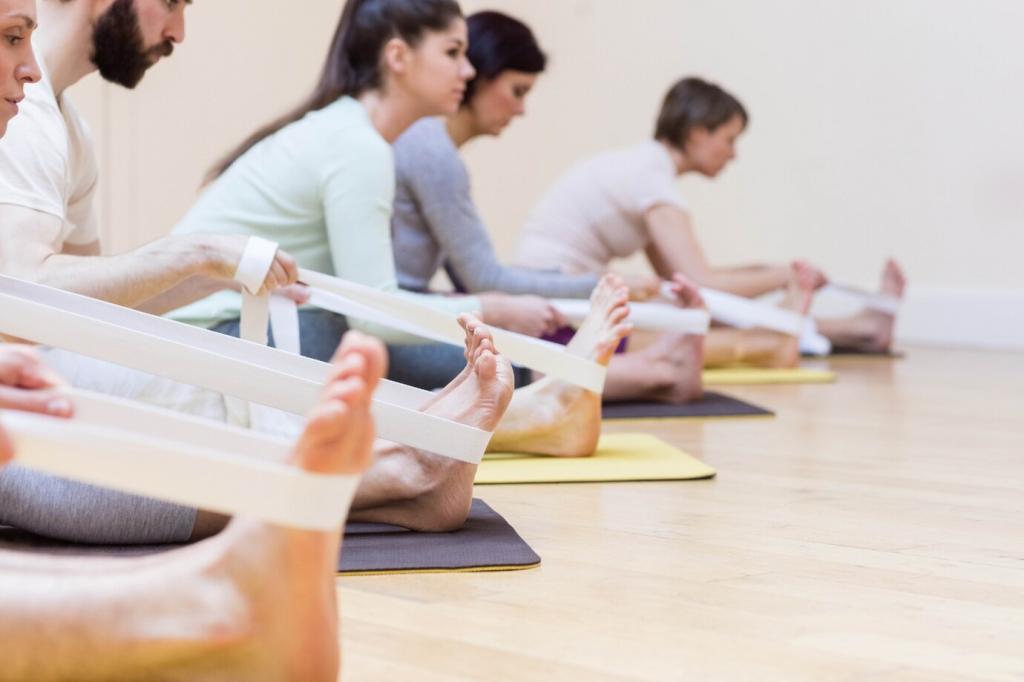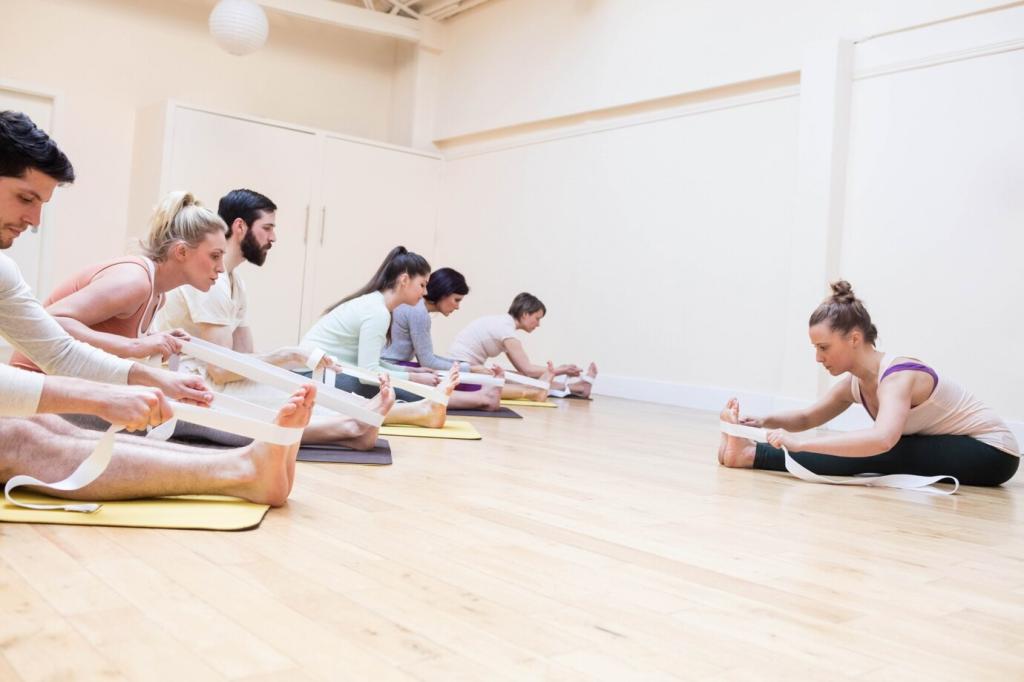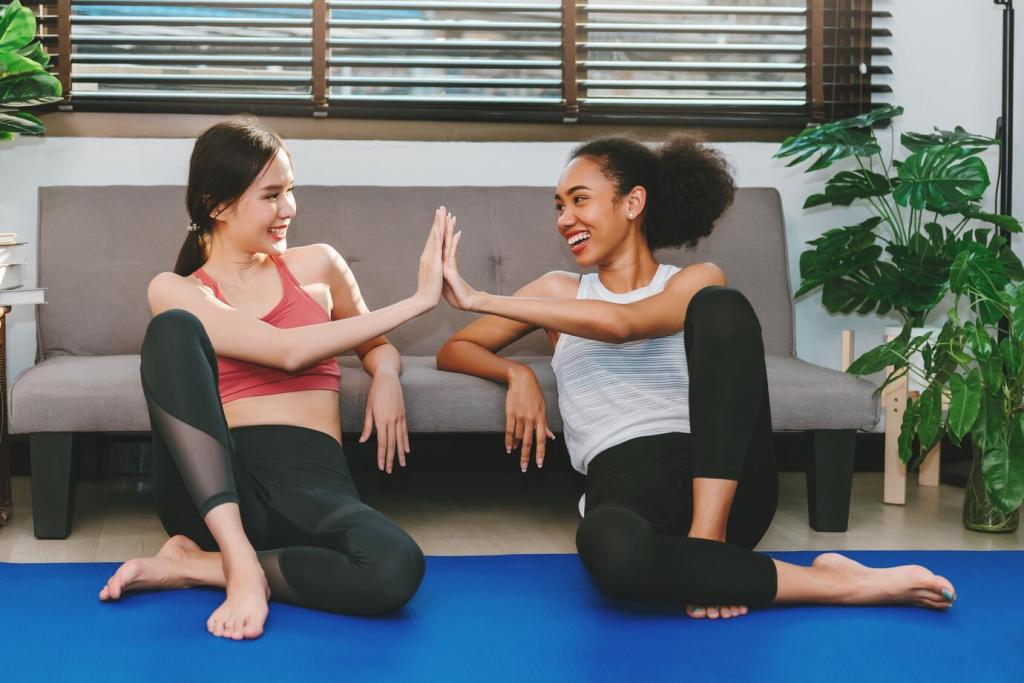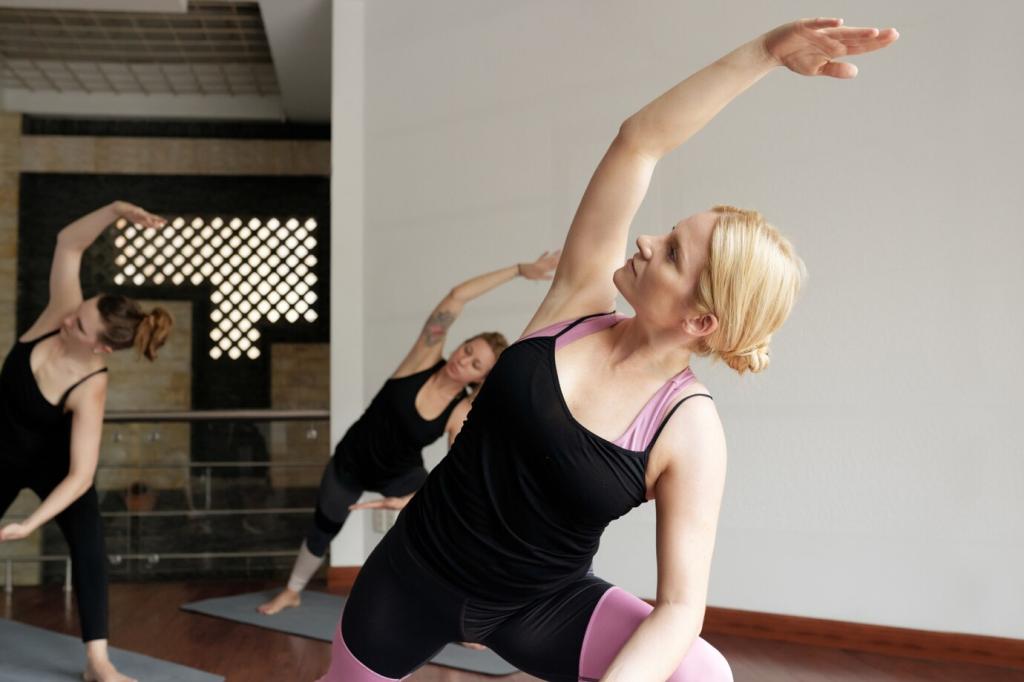Why Cardio + Yoga Works: The Science of Balanced Training
Cardio activates your sympathetic drive, while yoga stimulates the parasympathetic response that steadies emotions and recovery. Intelligently alternating both helps you adapt faster, sleep better, and show up stronger for every session.
Why Cardio + Yoga Works: The Science of Balanced Training
Dynamic yoga primes joints and soft tissue for efficient stride mechanics and efficient pedal strokes. Better range of motion reduces compensations, improves neuromuscular timing, and turns wasted movement into forward momentum you can actually feel.
Why Cardio + Yoga Works: The Science of Balanced Training
Coach Lila shaved minutes off her 10K by adding short vinyasa flows between tempo intervals. The breath cues dampened panic, stabilized cadence, and turned late-race surges into confident, smooth accelerations.
Why Cardio + Yoga Works: The Science of Balanced Training
Lorem ipsum dolor sit amet, consectetur adipiscing elit. Ut elit tellus, luctus nec ullamcorper mattis, pulvinar dapibus leo.




